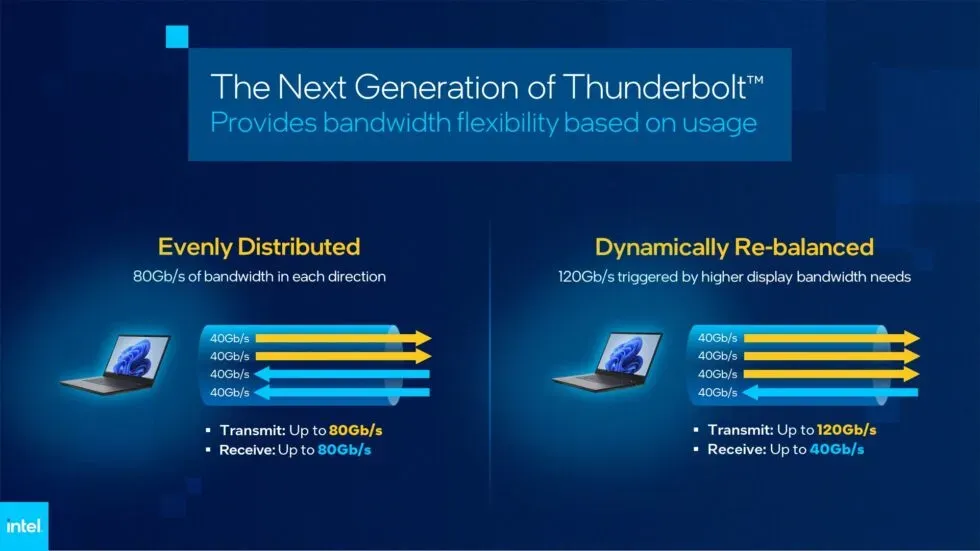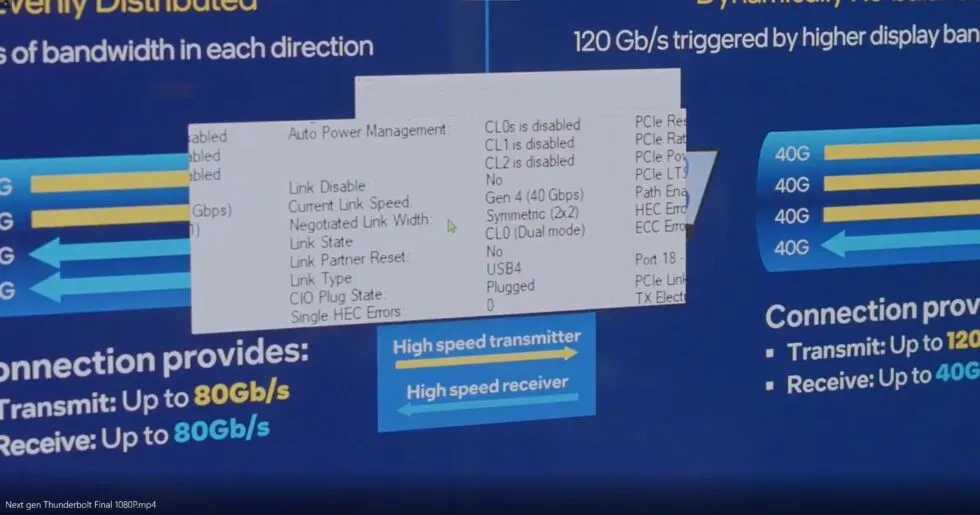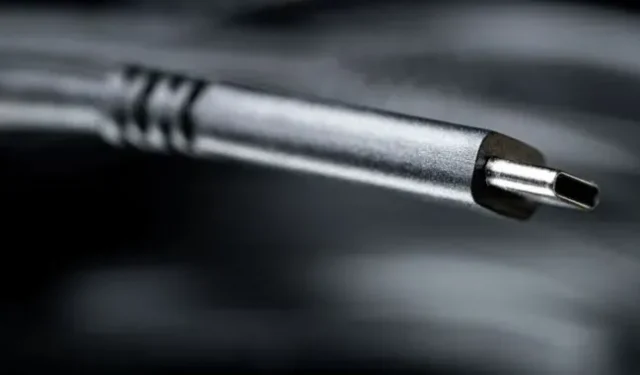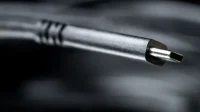Intel today announced additional details about the next generation of Thunderbolt. The company won’t give a name for the upcoming spec or a release date for what we hope will simply be called Thunderbolt 5. However, we do know that the next Thunderbolt will support up to 80 Gb/s bidirectional bandwidth and be able to transfer data at speeds up to 120 Gb/s. Gbps
Will it be called Thunderbolt 5? With hope
In a press conference, Jason Ziller, general manager of client connections at Intel, said that the name of the next version of Thunderbolt has not yet been determined. However, he noted that Intel usually takes a simple approach to naming Thunderbolt.
Ziller acknowledged that the USB-IF naming scheme for the USB specifications is “very confusing”. Yesterday, USB-IF published the USB4 specification version 2.0, which has unfortunately been named, and more recently dropped its consumer-recommended SuperSpeed branding in favor of performance-based names like USB 40Gbps.
“[Users] don’t need to have [features] built into the name or a fancy logo on the side of the laptop where you won’t see it anyway,”Ziller said.
However, there is hope for a logical name for a future specification, such as Thunderbolt 5.
120 Gbps
Unlike the move from Thunderbolt 3 to Thunderbolt 4, Intel gives the next generation of Thunderbolt the potential for a massive speed jump, but there’s a catch.
Whatever it’s called, next-generation Thunderbolt will be able to transfer data over three lanes at 40Gbps each, for a total of 120Gbps. At the same time, the port will be able to receive data at speeds up to 40 Gb / s for other devices, such as an external solid state drive. This is different from Thunderbolt 4, which operates at up to 40Gbps in either direction using a total of four lanes. This is similar to the USB4 specification version 2.0, except that 120Gbps is not required by the USB-IF specification.
This 120Gb/s mode, so to speak, is activated only when a high-performance display is connected. However, in normal use, the next Thunderbolt will run at up to 80Gbps in either direction (still twice as fast as Thunderbolt 4), with two lanes for data transmission and two lanes for data reception.

According to Ziller, the next Thunderbolt will automatically switch from 80/80Gbps to 120/40Gbps when connected to a display that requires more than 80Gbps. Intel is still working on how this auto-switching works, but sees a next-gen spec supporting things like 8K HDR monitors, HDR 10-bit color, dual monitors at 480Hz, or a 4K monitor at 240Hz.
By switching Thunderbolt to 120Gbps mode, the data channel can handle more than just video, such as storage data. But only a high-bandwidth display can activate this mode, because “it’s really the most important thing, which requires very high bandwidth that only goes in one direction,”Ziller said, noting the typically bidirectional nature of storage. And, as with Thunderbolt 4, displays will take precedence over other types of next-generation Thunderbolt devices.

Intel also shared a short pre-recorded video demonstrating an early silicon prototype with the new technology using 80 Gb/s bidirectional bandwidth. The system was reportedly connected to an 8K resolution display and an external SSD.
More speed for external storage and graphics
As with Thunderbolt 4 (and unlike USB4), PCIe tunneling support is mandatory for the next generation of Thunderbolt, which will also double PCIe data throughput from Thunderbolt 4’s 32Gbps to 64Gbps.
This should allow for faster storage, especially in extreme situations like moving large amounts of data between external SSDs. It can also improve the performance of devices such as external graphics cards (eGPUs) and video capture cards.
But don’t get too excited just yet. Next-generation Thunderbolt products will likely be months or years away, but products with PCIe-related technologies could be even slower. Thunderbolt 4-based SSDs, eGPUs, and video capture cards are still unavailable today.
Next Generation Thunderbolt Cables
Thanks to the new “signal technology”, the next version of Thunderbolt will be backward compatible with previous generations of Thunderbolt, USB and DisplayPort, Ziller said. Also, your existing Thunderbolt cables may support the new protocol.
The next generation of Thunderbolt will work with the same passive Thunderbolt 4 cables available today as long as they are no longer than 3.3 feet (1 meter). For longer distances, you will need new cables, the specification of which has not yet been determined.


